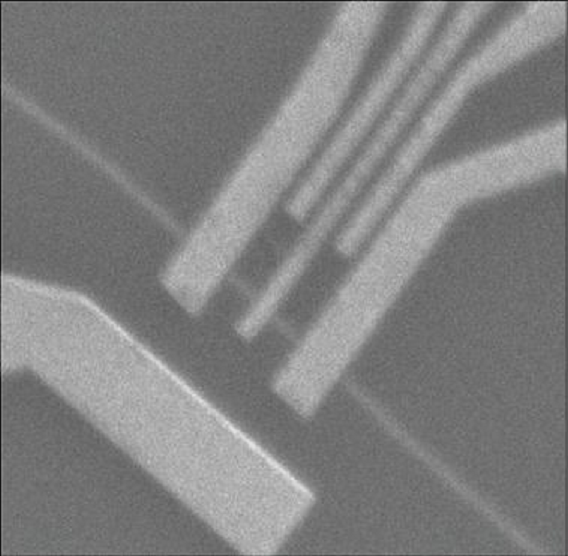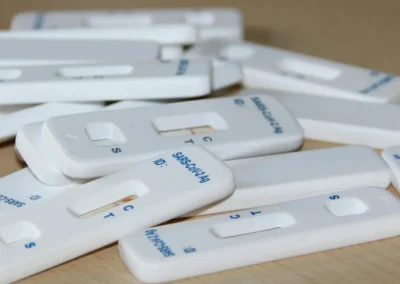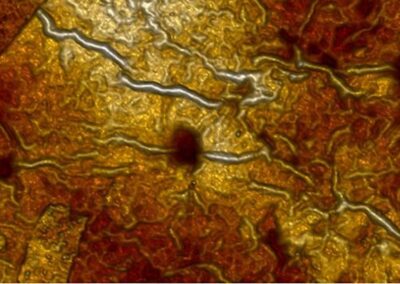The use of quantum dots to define charge and spin qubits is well established in the field of quantum information processing. Quantum dot charge qubits are attractive because of the possibility of fast qubit control but are sensitive to charge noise which can result in rapid decoherence. Spin qubits usually have much longer coherence times but are susceptible to charge noise as well since fast manipulation, or the coupling of two or more spin qubits, often relies on mixing of charge and spin degrees of freedom. As a result, two-qubit quantum gate fidelities are still relatively low even for spin qubits. Scalability therefore depends critically on an understanding of charge noise and on developing techniques to lower the susceptibility of quantum dot devices to this source of decoherence.
Now, in their most recent work published in Physical Review Applied, researchers at the London Centre for Nanotechnology and the University of Cambridge report on charge noise and coherence in a material class – carbon nanotubes – which have great potential for solid-state quantum information processing: carbon nanotubes allow accurate control of electron charge, spin and valley degrees of freedom, are atomically perfect and can be made isotopically pure.
To examine charge coherence, the researchers used a carbon nanotube device consisting of two quantum dots in series: a charge qubit in which quantum information is encoded in the spatial position of an electron. To readout the quantum states, they developed an innovative technique based on radio-frequency reflectometry measurements of the quantum capacitance of the device: a measure of how easy, or difficult, it is for an electron to move between the quantum dots, as illustrated in the figure below. In combination with microwave manipulation of the qubit, the group could measure the degree of charge noise experienced by the device and determine charge coherence. Moreover, by operating the qubit at an optimal point (or sweet spot) coherence could be extended by more than an order of magnitude.

Figure: (a) Schematic of the carbon nanotube device and radio-frequency detection circuit. Left: Scanning electron micrograph of a carbon nanotube double quantum dot device. The carbon nanotube is contacted by Au source and drain electrodes and capacitively coupled to a gate electrode in the middle that controls the tunnel barrier between the quantum dots and three plunger gate electrodes that provide control of the electrons on the two quantum dots. Right: The nanotube device is embedded in an LC resonant circuit which allows for high sensitivity and high bandwidth measurements. (b) Measured amplitude and phase response of a resonant circuit with resonant frequency of about 315 MHz. The precise resonant frequency depends on the quantum capacitance of the nanotube quantum dots – that is, the ability of an electron to move between the quantum dots in the presence of the rf signal – which can therefore be read out using this technique
This work provides an excellent basis for further development of carbon nanotube devices for quantum information processing – charge, spin or valley based.
Related link: Full article in Physical Review Applied



